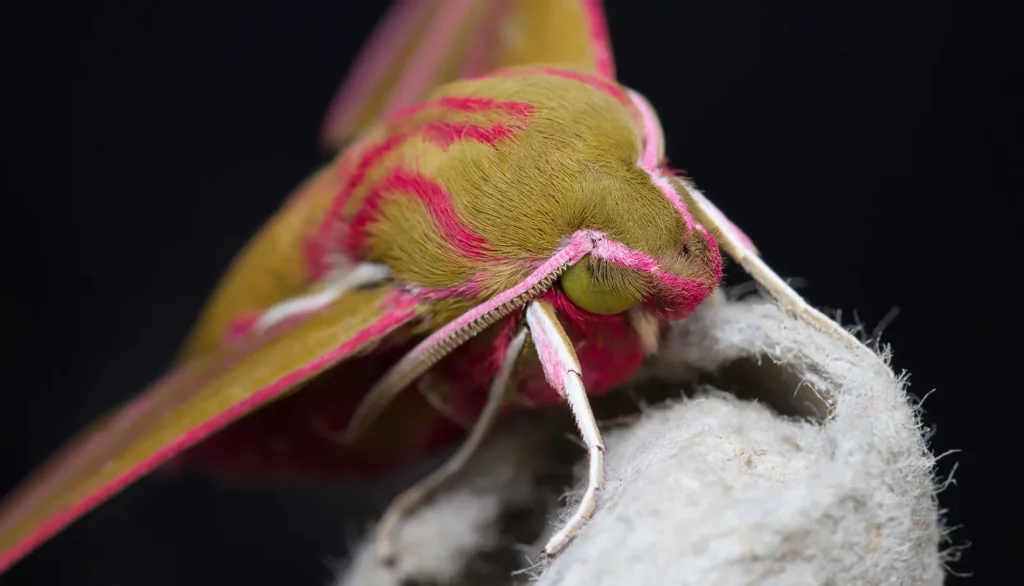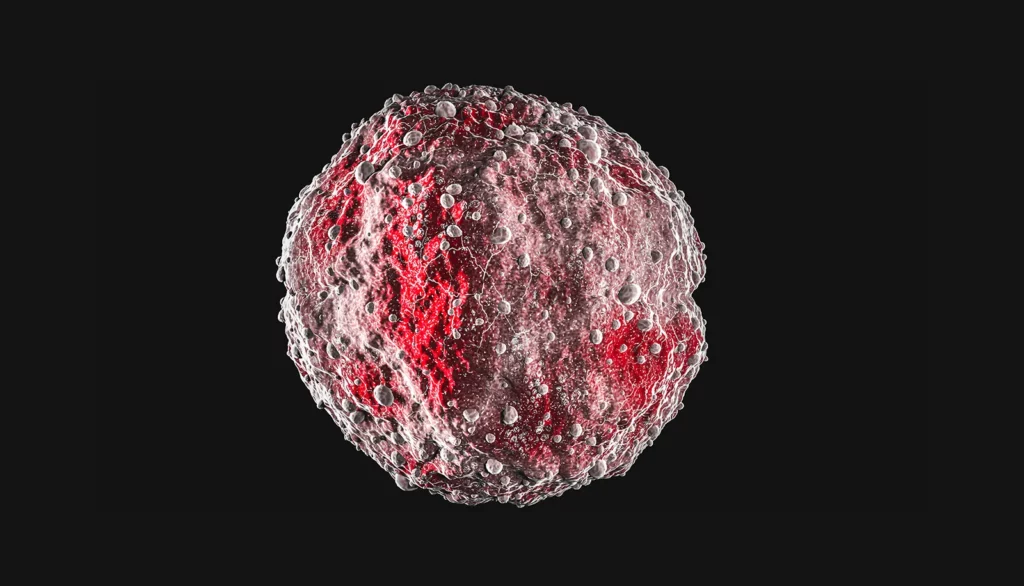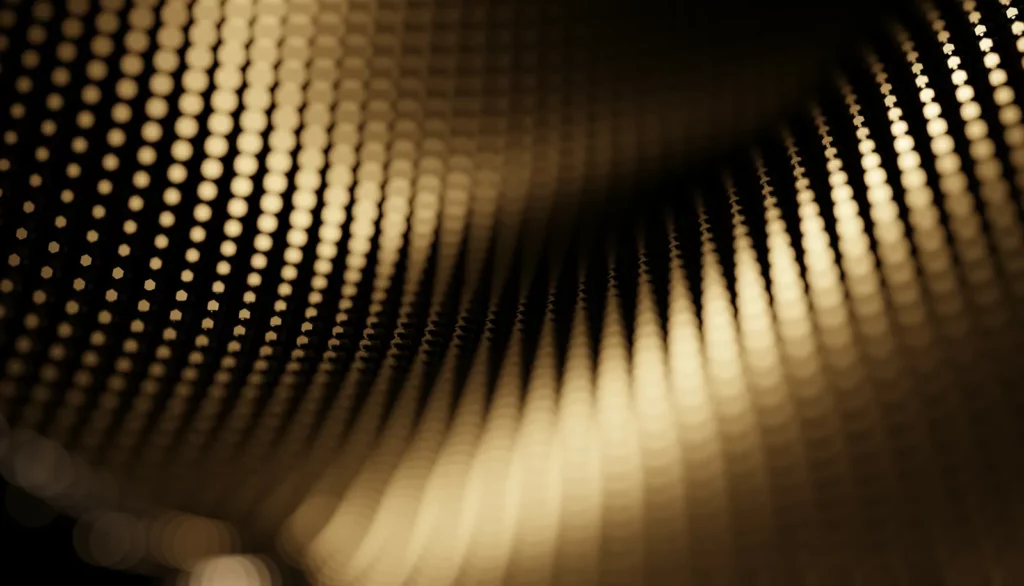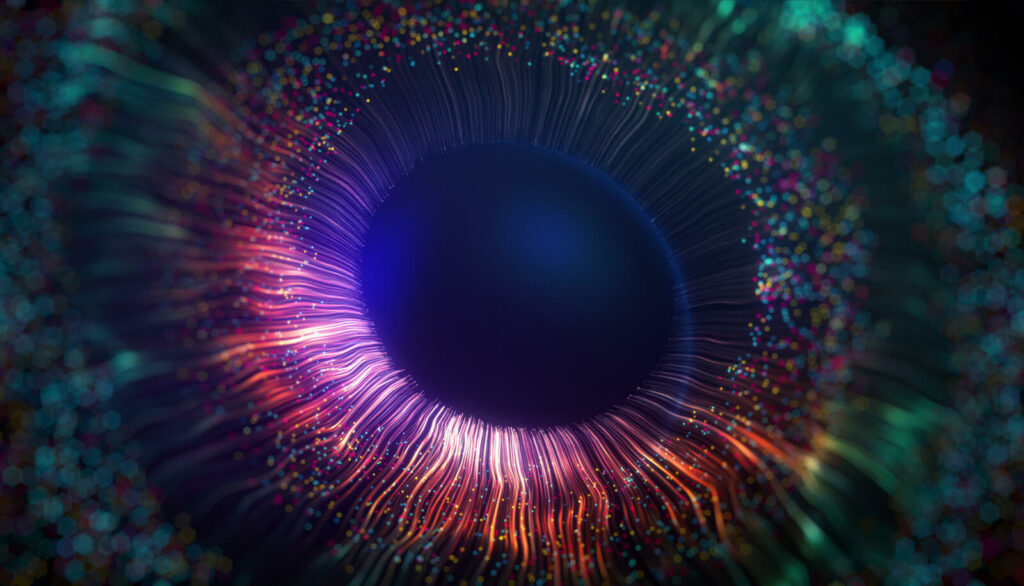Visual perceptual learning after a transient phase of congenital blindness: Neural mechanisms of sight recovery
Hector Fellow Brigitte Röder
Markus Becker - Hector RCD Awardee Sebastian Frank
Hector Fellow Eberhart Zrenner
This project aims to elucidate the neural mechanisms underlying vision recovery through visual perceptual learning in patients treated for congenital blindness. Led by Dr. Sebastian Frank, Prof. Dr. Brigitte Röder and Prof. Dr. med. Dr. h.c. mult. Eberhart Zrenner, in collaboration with the LV Prasad Eye Institute, the study uses MRS and EEG to assess changes in excitation and inhibition. The goal is to bridge neuroscience, psychology, and ophthalmology to improve rehabilitation strategies, deepen a comprehensive understanding of visual plasticity, and advance treatments for visual impairments.





